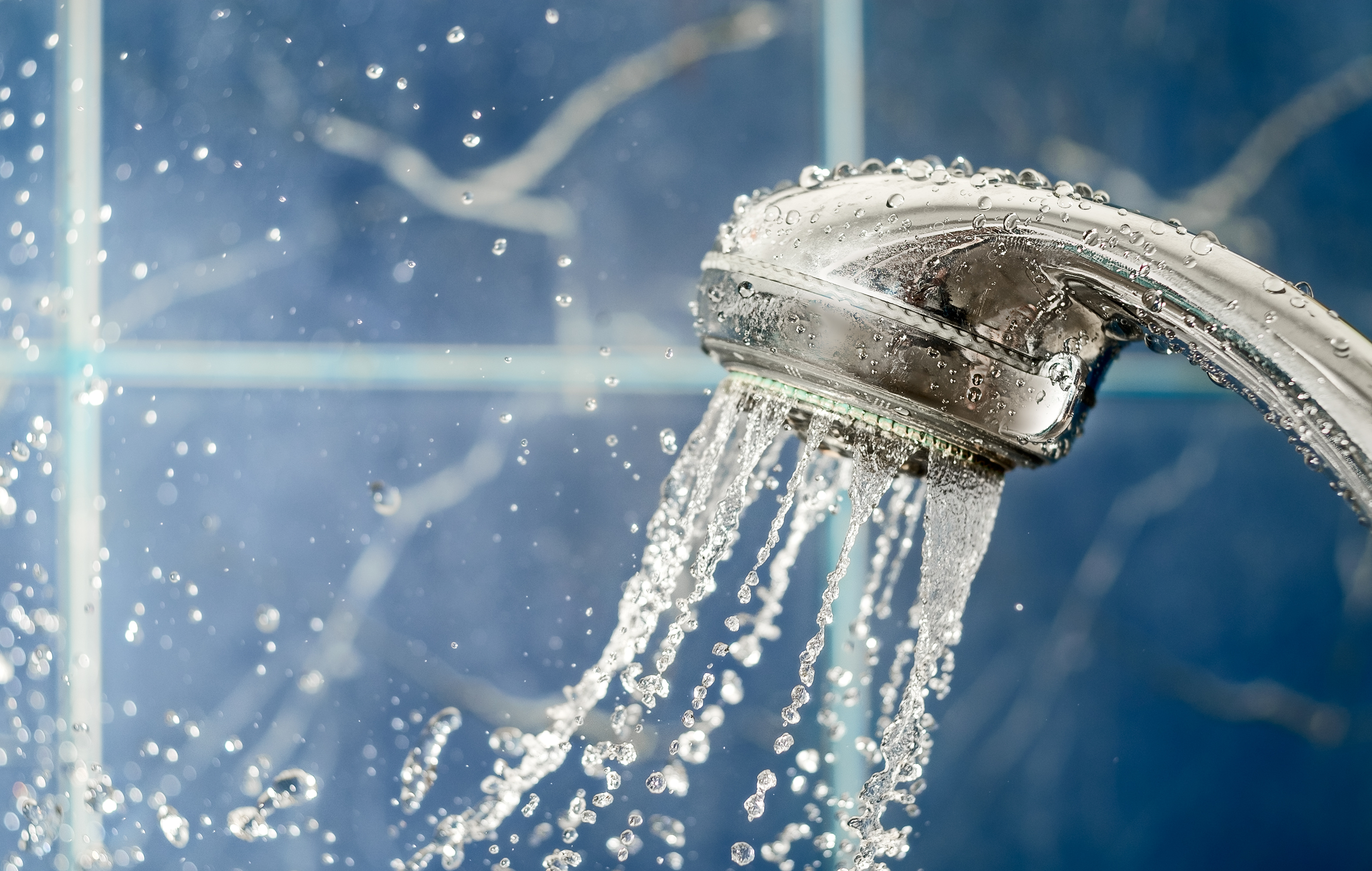 (412) 364-9114
(412) 364-9114

Low water pressure can make your showering experience unpleasant and slow. Most of the time, there’s simple fix for this problem. These tips will help you troubleshoot your shower performance and increase your water pressure.
Buildup on or in the shower head will reduce your water pressure over time. To remove buildup, unscrew the shower head from the pipe. Check the filter screen for sediment and buildup. This may involve deconstructing your shower head. To learn how to do this, check the owner’s manual. You can use a toothpick, or a toothbrush (one you don’t use for teeth), to poke out or wipe away any sediment from the holes in the shower head.
If you don’t find any sediment in the shower head, the problem could be calcium buildup in the part. To remove scale, fill up a bucket with vinegar and leave the shower head submerged in vinegar overnight. In the morning, use a toothbrush or scrub brush to scrub away scale on the outside of the part. Screw the part back into place and run hot water through it to blast away the last of the scale inside t.
If you see that a lot of scale has built up on your shower head, your home may benefit from a water softener. (Contact a plumber for help.)
If removing sediment from the shower head doesn’t work, the problem could be in the water main valves. Water main valves control the amount of water that reaches your home’s fixtures. If one of your home’s valves is partially closed, this could be affecting the amount of water that reaches the shower. There are many valves that you can check for problems, including:
If neither valve works, your home could have low water pressure due to the curbside valve being partially closed. Usually, these valves can only be opened and closed by the utility company. If you believe that your home has low water pressure, contact Pittsburgh Water and Sewer Authority (or whatever water company covers your area) for help.
Finally, if your shower still has low water pressure, and you’ve tried all of the above suggestions, your problem could be a blocked pipe or water leak. A water leak is a serious issue and should be addressed right away. To check for a leak, listen for the sound of running water while in your bathroom. If you do not hear anything, check for a leak at the water main. To do this, turn off all appliances that use water. Check your water meter, then wait 30 minutes and check it again. If the water meter has changed, your home has a water leak.
Of course, water leaks can happen anywhere, and most homes can have at the very least a small leak. Just because your water meter indicates that water is leaking somewhere in your home, the problem may not be the pipes supplying water to your shower. A blocked pipe could also be the problem.
Call A Plumber
If you experience low water pressure in your shower, and your water meter indicates that you have a leak, have this checked out by a professional. We can help. If you live in Pittsburgh or the surrounding area, contact Terry’s Plumbing for an appointment 412-364-9114.